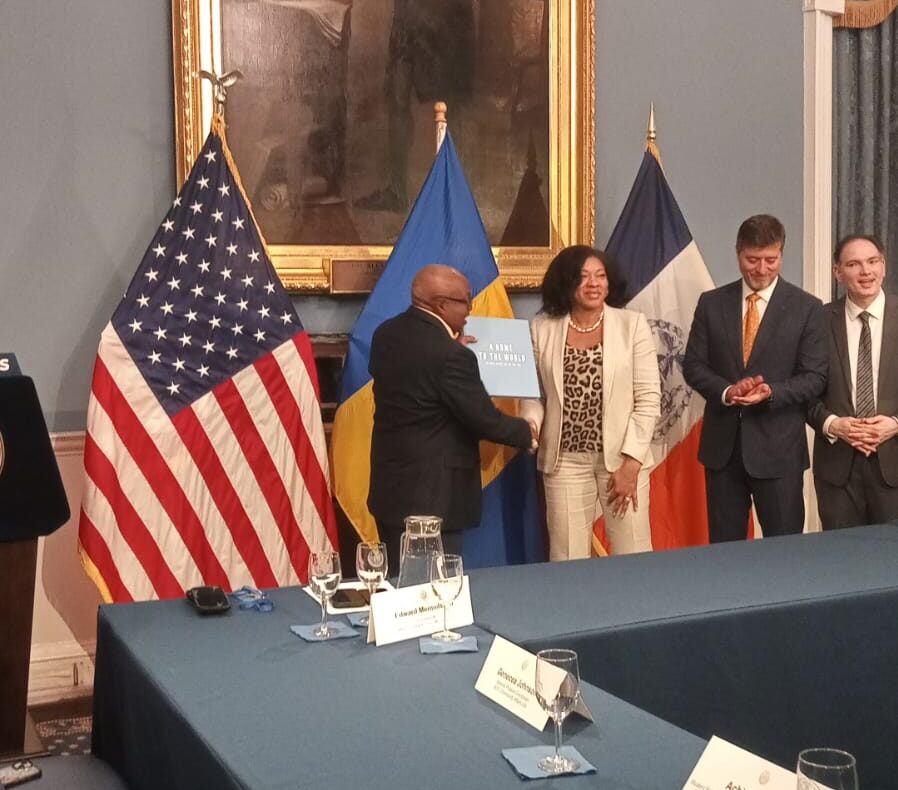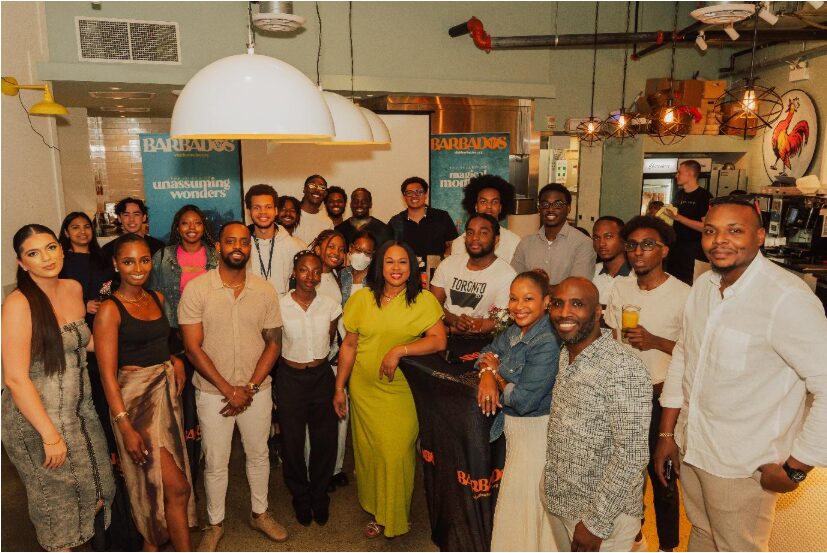It is safe to say that when many Barbadians, at home and across the Diaspora, consider the long and enduring Barbados/New York connection never does Shelter Island come to mind.
Located approximately two and a half hours outside of Queens, Shelter Island holds a significant, yet not widely recognised or known place in the early economic history that links Barbados and New York. In fact, Shelter Island is believed to be the birthplace of trade between the two regions. This pivotal connection was forged in 1652 when Anglo/Dutch Barbadian planters, brothers Nathaniel and Constant Sylvester and business partners Thomas Rous and Thomas Middleton bought Shelter Island.
The Sylvester brothers had arrived in Barbados from the Netherlands sometime in the early 1640s as Barbados began to shift its focus from tobacco cultivation to the more lucrative sugar production. Upon recognising the island’s growing economic potential, they established two plantations – Constant and Carmichael. These plantations were both strategically situated in the fertile St. George Valley, an area that was rapidly becoming central to the island’s burgeoning plantation economy.
This period coincided with a critical juncture in Caribbean history which was saw the intensification of sugar cultivation and the corresponding rise in the transatlantic slave trade. Over the ensuing decades, the plantation system in Barbados evolved into one of large-scale agricultural production and was heavily reliant on the forced labour of enslaved Africans. The Sylvester brothers and partners, like many of their contemporaries, benefited from this brutal system and amassed considerable wealth. So that by 1652, their success reflected not only personal prosperity, but it also symbolised the broader transformation of Barbados into one of the wealthiest sugar colonies for the British empire.
Seeking to broaden their commercial horizons and capitalise on the expanding transatlantic economy, the Sylvester brothers and business partners turned their ambitions toward the immense potential of the burgeoning North American colony of New York, which in 1624 had been settled by fellow Dutch pioneers.
New York, at that time, was emerging as a thriving hub. Its strategic trading ports and growing population made it an ideal location for agricultural investment and mercantile expansion. And the Sylvester brothers made the decision to leverage their accumulated wealth in Barbados and sought to create a network that would tie their operations in the Caribbean to a new base of power and commerce in North America.
Endowed with fertile soil and abundant freshwater, Shelter Island was identified by the brothers and partners as an ideal site for expansion. The 8,000-acre island, then inhabited by the Manhansett people, was acquired in exchange for 1,600 pounds of Barbados muscovado sugar. On this land, they built an estate house and called it Sylvester Manor.
Shelter Island served as a critical node within the broader operations of the Sylvester family’s colonial network. It exported essential materials to Barbados such as oak, primarily for hogsheads that were used to store and ship raw sugar, molasses and rum; cod (salt fish) and livestock such as horses and cattle. In a reciprocal flow of goods, the Constant and Carmichael plantations functioned as the provisioning backbone of the Manor, supplying it with vital resources like enslaved Africans, along with clay and lime, which was used in both construction and soil enrichment, alongside sugar and its lucrative byproducts of molasses and rum.
By the early 700s, the Sylvester family had divested from the Constant and Carmichael plantations but retained ownership of Shelter Island.
In 2025, the prospect of forging renewed ties between Barbados and Shelter Island presents a unique and potentially promising opportunity to transform a historical connection into a dynamic partnership that is grounded in cultural, educational and economic collaboration.
Central to this effort is the work of the Constant/Carmichael Research Project, out of the Department of History, Philosophy and Psychology at the University of the West Indies, Cave Hill Campus. Under the leadership of Dr. Henderson Carter and co-researcher Dr. Cleve Scott, the mission of the project is not merely academic, but is a purposeful act of reconnection between the two territories.
In June this year, a ten-member delegation from the project undertook its first official visit to Shelter Island and conducted a comprehensive examination of Sylvester Manor. The visit allowed the researchers to explore the physical landscape, now around 236 acres, review archival materials and engage with curators and local stakeholders. This on-site engagement brought the project’s research to life and offered a deeper lens into the enduring connections between Barbados and Shelter Island.
Beyond the scholarly work conducted at the Manor, the research team also paid a formal courtesy call to the Mayor’s Office at City Hall, where discussions were initiated around the establishment of a sister city agreement between Bridgetown and New York. This kind of municipal partnership could open the door to a range of practical exchanges on both sides. For Bridgetown, such an agreement offers a platform to showcase Barbadian heritage, deepen global ties and attract interest in the island’s intellectual and cultural capital.
Forging a modern connection between Barbados and Shelter Island can yield substantial benefits on multiple fronts. For instance, academically, it can provide opportunities for joint research, internships and student exchanges, especially in the areas of history, heritage preservation and sustainable tourism. Culturally, it allows for mutual storytelling, public events and exhibitions which could all contribute to a richer understanding of the shared past and its modern implications. Moreover, economically, such ties can catalyze tourism initiatives, heritage-based development and creative industry partnerships.
As Barbados continues to invest in its orange economy and seeks avenues for economic diversification, partnerships like these can support entrepreneurial ventures, attract niche tourism markets and generate new revenue streams tied to culture and education.
The Constant/Carmichael Research Project
Kimberley Cummins, graduate student, Department of History, Philosophy and Psychology, The University of the West Indies, Cave Hill Campus





